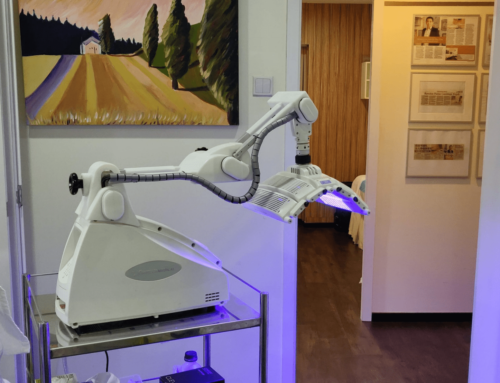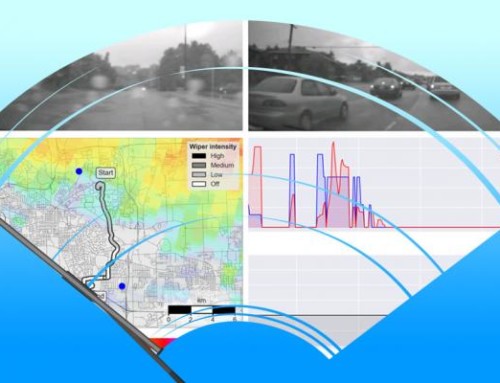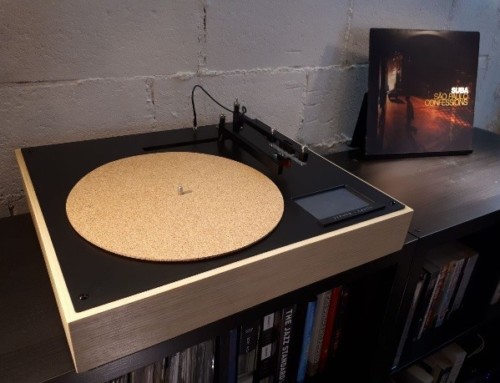We performed a Technical Feasibility Study for End of Line (EOL) Packaging Automation for a global semiconductor company (“the client”) that makes products for the wireless and broadband communication industry.
Electronic components like micro-chips and PCBs are packaged as per industry standards. Some customers have their own additional standards to have easy tracking and traceability of the components.
However, the process is extremely labour intensive because of the extreme variation in components and customized packing requirements from customers. EOL Packaging typically following the Just In Time Manufacturing Process. As such, EOL Packaging staff has to schedule the orders for packaging and also split the shipping dates as per customer requests. This requires linking up with the client’s Enterprise Resource Planning software to identify Purchase Order numbers, shipping dates, shipping labels, weight labels, packing lists, order numbers, etc.
With human operators, there is always a possibility of erroneous handling and packaging issues. These issues, although minor, can cause significant cost impact due to mass product recalls, inventory verification requests, stop ship orders, etc. In spite of the potential risks, EOL Automation was deemed “very expensive”, “very difficult”, very tedious and problematic”.
Our technical feasibility study showed that using state of the art vision automation, robust system integration and automation, Cloud computing and big data management, it was possible to automate EOL processes, reduce the manual processes, minimize errors and increase the overall operational efficiency!
Based on an extremely in-depth study of the EOL Packing Processes, we split up the EOL Automation Line into Three Stages.
Stage 1: Order sorting and verification
 This stage involves using an Automated Guided Vehicle (AGV) to transport the inner boxes from the inventory/store area to a Scanning station. The inner boxes are manually loaded into the AGV (inventory automation is part of a separate automation project not discussed here). The Scanning Station correlates order data retrieved from the SAP system with the inner boxes in the AGV and ensures that only the required inner boxes are sent to STAGE 2 in the proper sequence and que as defined by the EOL Packing Schedule.
This stage involves using an Automated Guided Vehicle (AGV) to transport the inner boxes from the inventory/store area to a Scanning station. The inner boxes are manually loaded into the AGV (inventory automation is part of a separate automation project not discussed here). The Scanning Station correlates order data retrieved from the SAP system with the inner boxes in the AGV and ensures that only the required inner boxes are sent to STAGE 2 in the proper sequence and que as defined by the EOL Packing Schedule.
Stage 2: Label Application and Packing into Outer Box
 In this stage, labels are printed and applied on the inner boxes using standard label printers. The label and location is verified using vision systems. The Inner boxes are then sent to the 6-axis robot station to be loaded into the outer box. Carton Erectors build the outer box which are loaded as flat-packed boxes. The 6-axis robot picks and places the inner boxes into the outer box. Filler material, bubble wrap and other packing material is also loaded.
In this stage, labels are printed and applied on the inner boxes using standard label printers. The label and location is verified using vision systems. The Inner boxes are then sent to the 6-axis robot station to be loaded into the outer box. Carton Erectors build the outer box which are loaded as flat-packed boxes. The 6-axis robot picks and places the inner boxes into the outer box. Filler material, bubble wrap and other packing material is also loaded.
The Outer boxes are weighed using automated weighing scales and appropriate labels are applied and sent down the line.
STAGE 3: Outer Box Handling
 In this stage, another 6-axis robot uses standard palletization algorithms to load the outer boxes on a standard pallet. A Shrink Wrapping Station wraps the whole pallet in shrink wrap. At the same time, shipping documents are generated and attached to the pallet. AGVs then move the pallet to the pre-defined loading location in the loading bay.
In this stage, another 6-axis robot uses standard palletization algorithms to load the outer boxes on a standard pallet. A Shrink Wrapping Station wraps the whole pallet in shrink wrap. At the same time, shipping documents are generated and attached to the pallet. AGVs then move the pallet to the pre-defined loading location in the loading bay.
We are confident that EOL Packaging Automation will benefit Electronic Product Manufacturers world-wide. Please take a look at our PowerPoint Video which simulates the whole process.





